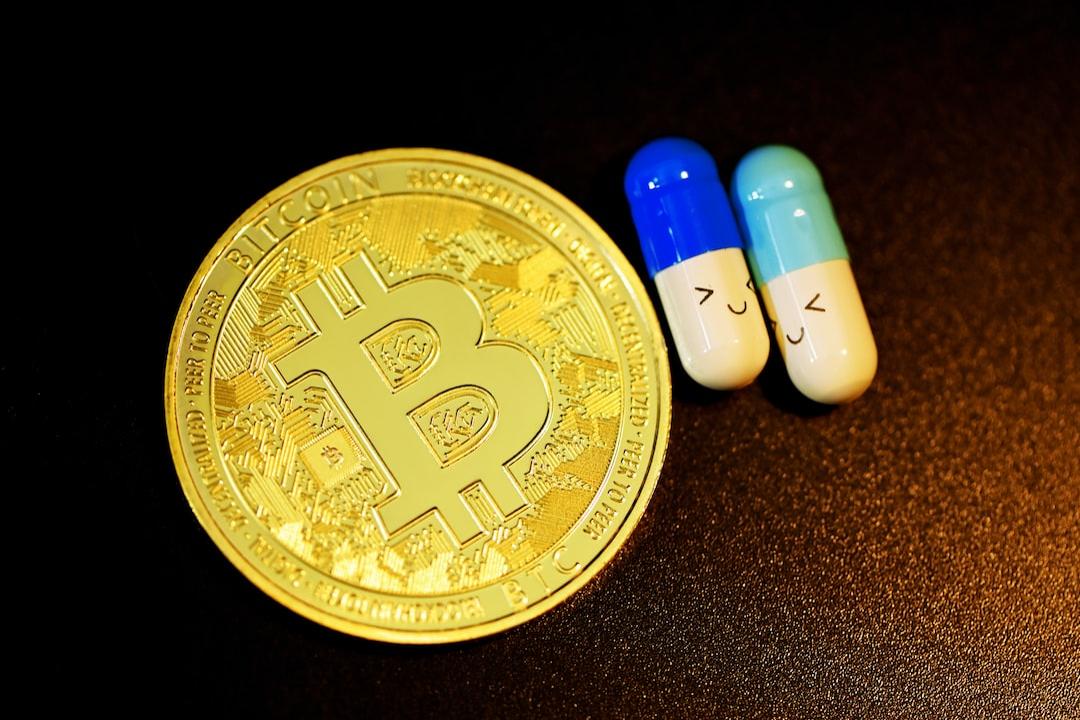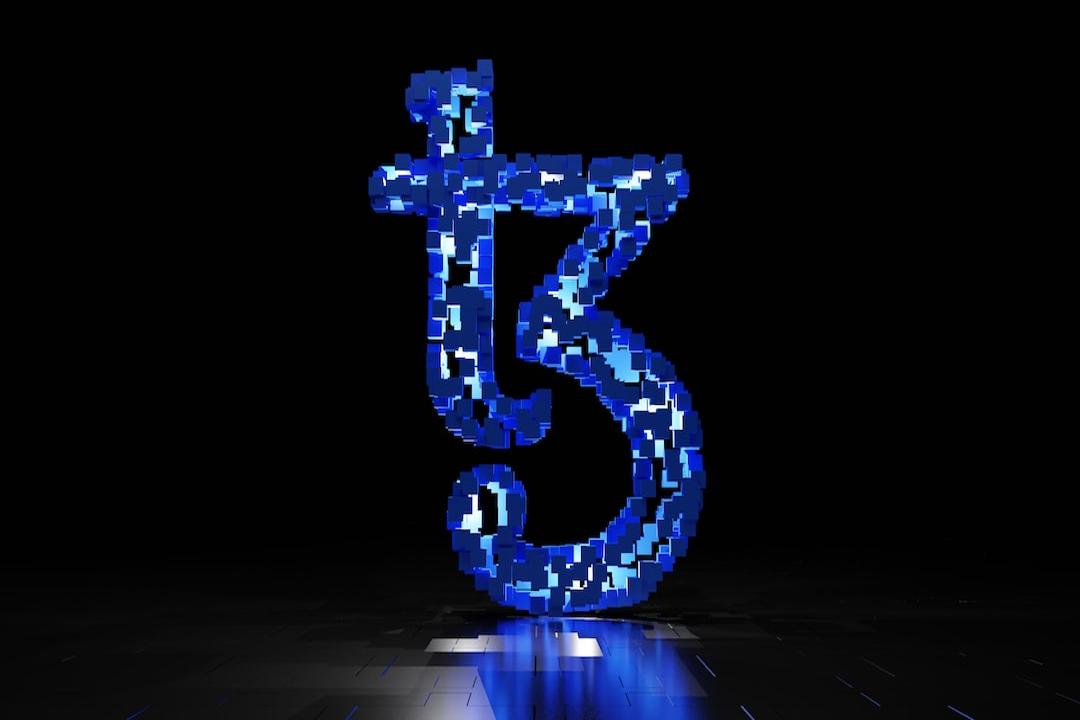Market Doldrums: Why is Ton Thriving in a Sea of Despair?
Recently, the market sentiment has been overwhelmingly pessimistic, particularly in the altcoin sector. Amidst the volatile Bitcoin market, altcoins have seen sharp declines, with many projects halving in value. However, amidst this gloomy market climate, the Ton ecosystem has demonstrated remarkable stability. Over the past thirty days alone, Ton has surged by 23%. Moreover, the Total Value Locked (TVL) in the Ton ecosystem has skyrocketed since March, increasing more than sixfold in just four months. Projects within the ecosystem, such as Notcoin, have shown significant increases in both price and user base. Is it summer in the Ton ecosystem despite the market’s winter?
New Highlights in the Ton Ecosystem
The standout feature of the Ton ecosystem is its backing by Telegram’s massive user base of 900 million active users. Initially criticized for its lack of integration with Telegram’s platform, Ton seemed to merely exist without substantial utility. However, this perception has fundamentally changed since the beginning of this year.
From March to the present, the TVL in the Ton ecosystem has surged from under $23 million to a staggering $145 million, a growth of over six times. Concurrently, the price of TON has roughly tripled during this period, demonstrating resilience even in the recent bearish market. What are the drivers behind these bullish developments?
1) Settling Telegram Ad Systems with TON
Unlike Facebook or WeChat, Telegram has refrained from targeted advertising based on user data, maintaining a strong commitment to user privacy. This stance deprived Telegram of a precise advertising platform and the mainstream ad revenue model typical of other social media giants, keeping the platform from achieving a sustainable balance between revenue and expenditure for years.
However, in recent years, Telegram has introduced an advertising platform independent of precise user tagging systems, alongside subscription services. At the end of February, Telegram’s founder announced that their advertising platform, with monthly views exceeding 1 trillion, would be opened to advertisers from nearly a hundred countries in March. Channel owners will receive 50% of all ad revenue, settled in TON.

Next month, Telegram channel owners will begin earning money from their work. Telegram’s broadcast channels generate 1 trillion views per month. Currently, only 10% of these views monetize through Telegram advertising, a tool designed with privacy as a priority.
In March, the Telegram advertising platform will officially open to all advertisers from nearly a hundred new countries. Channel owners in these countries will begin receiving 50% of any revenue generated from ads displayed on their channels, settled in TON.
To ensure quick and secure payment for ads, we’ll exclusively use the TON blockchain. Similar to how we handle Telegram usernames on Fragment, we’ll use TON to sell ads and share revenue with channel owners. This will create a virtuous cycle where content creators can cash out their TON or reinvest it into promoting and upgrading their channels.
For TON, this marks a significant leap from being “air” to having “value.”
Previously, TON was only used for on-chain smart contract transactions, staking, cross-chain transactions, and other on-chain service fees, with little difference from other general-purpose chains. Its utility was negligible due to the far fewer developers and users compared to popular public chains. While it could be used to purchase virtual goods like anonymous accounts on Telegram, the total transaction volume remained limited.
The decision to use TON as the sole settlement asset for the Telegram advertising platform is a major strategic move for Ton, effectively empowering it with Telegram’s 900 million users. This move has truly deepened the integration between the Ton ecosystem and the Telegram platform, instantly boosting the Ton ecosystem and TON prices.
To mitigate centralization risks from the growing TON holdings by the Telegram team, Durov subsequently announced plans to sell more than 10% of the team’s TON holdings at a discounted rate to long-term holders, with these sold TON having lock-up periods ranging from 1 to 4 years.
For TON, this essentially means that Telegram’s platform is continually repurchasing TON with advertising revenue, while also seeking long-term investors or institutions. This dual strategy not only avoids excessive centralization of TON but also reduces circulation through lock-ups, a clear win-win situation.
2) Launch of Ton Space
Ton Space, launched in September 2023, distinguishes itself from Telegram’s built-in Wallet, which requires KYC and is limited to payments. Ton Space allows users to manage their private keys, functioning similarly to conventional crypto wallets.
With Ton Space, users seamlessly connect their Telegram accounts to apps within the Ton ecosystem. They can directly access various DeFi, GameFi, NFT, and other services. Imagine being able to shop on Pinduoduo or JD directly within WeChat’s mini-programs. Similarly, for Telegram’s 900 million active users, participating in Web3 becomes much more accessible by directly engaging with Token/NFT trading, borrowing, or participating in GameFi projects within Telegram.
Ton’s ecosystem benefits significantly from this feature, especially since no other public chain has such a vast user base as Telegram.
3) Platform Emphasis on Mini Applications
Following the integration of payment channels, Telegram has begun promoting mini-applications—similar to WeChat mini-programs—on its platform.
For instance, the wildly popular Notcoin is a platform-embedded mini-program where users can directly participate in activities like “Click to Earn” Token within Telegram. The built-in Web3 wallet drastically lowers the participation threshold for users. With Telegram’s official traffic support, Notcoin has amassed over 40 million users in just a few months.
Currently, numerous Web3 mini-program applications similar to Notcoin are receiving significant promotion on the platform. Unlike the previous GameFi frenzy driven by gold farmers, Telegram is directly driving massive user participation.
Furthermore, Telegram and Ton’s deep cooperation spans a series of other initiatives, indicating that since the second half of 2023, Telegram has committed to a Web3 strategy and deep integration with Ton. Underpinning these moves is a breakthrough in both TON prices and TVL, creating a highly profitable model for Telegram beyond advertising and subscription fees.
Clearly, this is a mutually beneficial situation.
Assessment of Ton’s Ecosystem Projects
Currently, Ton.app boasts 874 projects. While this figure is modest compared to ecosystems like Ethereum, Solana, or Polygon, it represents significant growth in the past eight months. The TVL for the entire ecosystem has multiplied several times, showcasing Ton’s robust growth.
Highlighting some of the more popular projects within the Ton ecosystem:
– **Notcoin**: A Click-to-Earn game, Notcoin stands out as the most prominent Web3 application in the Telegram Apps Center. Despite criticisms of being a “Memecoin” with no closed-loop application in the gaming ecosystem, its user base has surpassed 40 million within a few months, showing significant growth post-BN wash trading.
– **Catizen**: The largest gaming application platform in the Telegram ecosystem, Catizen has exceeded 20 million total users, with over 500,000 paying users and more than 1.25 million on-chain users, consistently ranking first in the Ton Open League for several seasons.
– **Hamster Kombat**: Another popular play-to-earn game, Hamster Kombat has gained massive traction with over 150 million active users, showing a 50% increase in the last week. Currently ranked third in the Telegram Apps Center, it remains highly popular despite recent fluctuations in Token prices due to BN hacks.
– **Gatto|Game**: A pet-raising game, Gatto was a highlighted ecosystem project in the 2024 Q1 Ton Foundation report. As of January 2024, Gatto has reached 30,000 DAU, raised over 1 million pets, and achieved monthly revenue of $35,000.
– **Gamee**: A social gaming platform under Animoca Brands, Gamee is one of the highly popular gaming ecosystems on Telegram. Despite a recent token price drop in early 2024 due to hacking incidents, Gamee remains a strong player in the Telegram ecosystem.
– **PocketFi**: A Telegram trading bot supporting cross-chain transactions, PocketFi attracts users through Click-to-Earn mechanics. With its simple operation and instant feedback, it has surpassed 1.4 million users within three months of launch, showing promising popularity in the Telegram Apps Center.
– **Blum**: Blum serves as a DEX within the Telegram ecosystem, offering spot and simple derivative trading. While its related functions are not yet available, it allows users to earn points through mini-games, with its user base already exceeding tens of millions.
– **Yescoin**: A replica of Notcoin, Yescoin has also gained considerable traction, surpassing 18 million users, with over 6 million subscribers to its official Telegram channel, demonstrating rapid growth.
– **DeDust** and **Ston.fi**: Both are DEX platforms within the Telegram ecosystem. They are among the most popular apps in the Apps Center, with TVLs of $320 million and $260 million, respectively, making them leading projects in the entire Ton ecosystem. Ston.fi’s official Telegram channel has amassed 680,000 followers, surpassing DeDust in popularity.
– **Uxlink**: Uxlink is the largest social infrastructure project in the Telegram ecosystem, rapidly expanding through familiar social networking on Telegram. With registered data already exceeding 10 million, it stands out as a SocialFi project with immense user infrastructure.
Conclusion
From the perspective of TON price, TVL growth, and the prosperity of ecosystem projects, Ton has truly emerged as a standout in the current bleak market. However, beneath the facade of prosperity lie some issues that cannot be ignored.
For instance, Ton’s ecosystem employs only 39 full-time developers, with a total developer count of 175, significantly fewer than Ethereum’s 2,392 and 7,864, respectively

